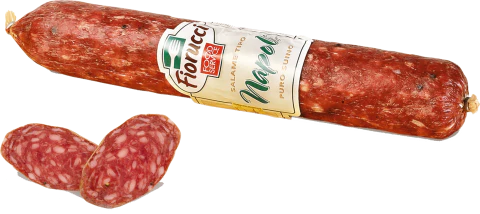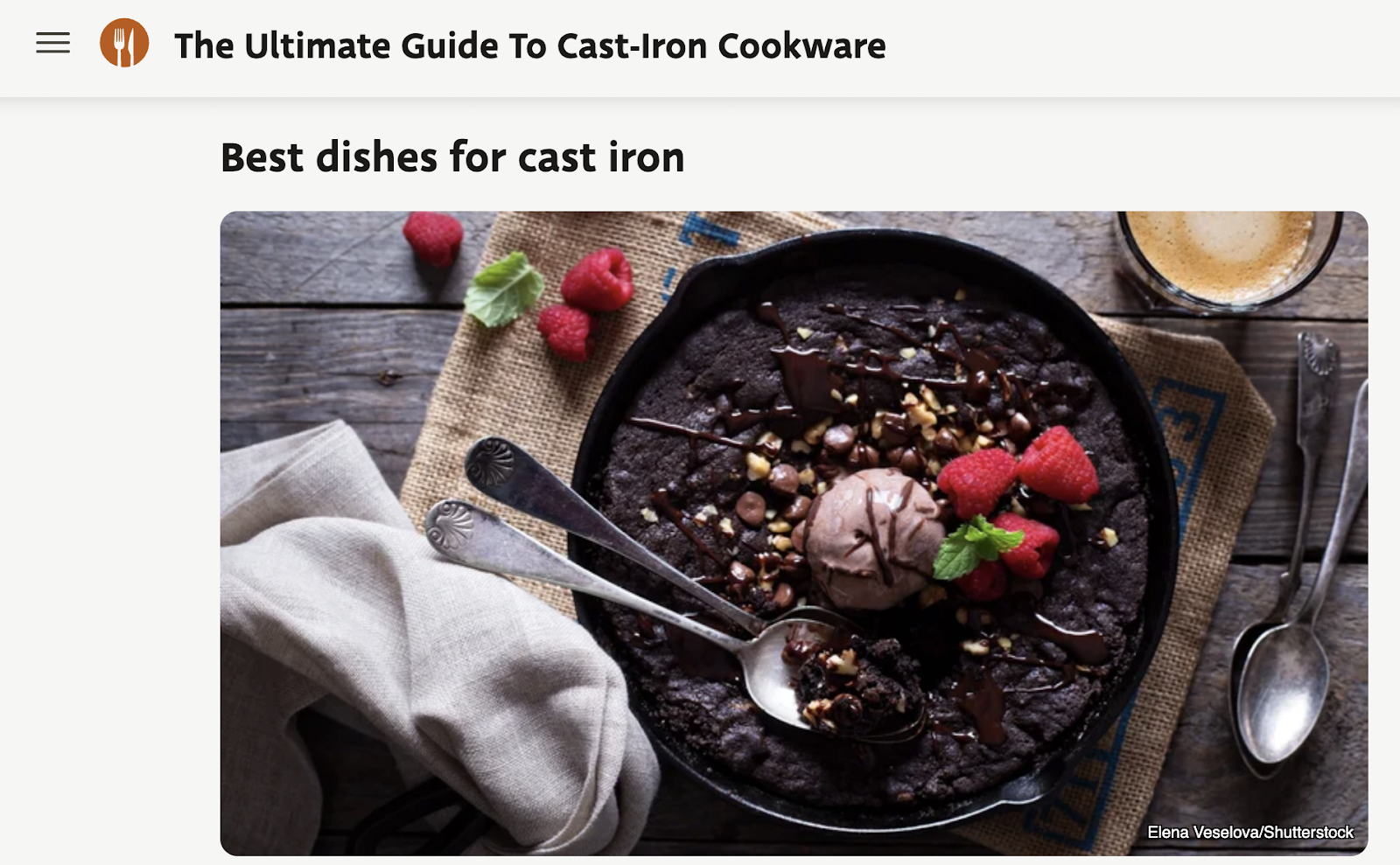Root tabs are the normal choice for those who use root nutrition, feeding needed, nutrients right to their roots. But some hobbyists have seen bubbles appear on the water’s surface after root tabs were added. But if this has you wondering whether root tabs create bubbles on the water surface, this guide will explain the science behind it, potential causes and how to manage it effectively.

What Are Root Tabs?
Nutrient rich capsules or tablets placed in substrate of planted aquariums. Essential macronutrient nitrogen, phosphorus and potassium, and micronutrients including iron, magnesium, calcium that promote healthy plant growth are provided.

Key Benefits of Root Tabs:
These can be fed directly to root feeding plants such a crypts swords and vallisneria.
Maximizes color and plant growth without clarifying the water.
Use in complement with liquid fertilizers in aquascapes.
Root tabs are a vital component of plant health, but sometimes they can encourage the formation of bubbles in an aquarium, sparking a desire to know more.
Do Root Tabs Cause Bubbles?
Root tabs can still cause bubbles on the water’s surface, yes, but the process is not quite so simple as might seem. Biological, chemical, and environmental factors caused by root tab introduction result in the bubbles.
Reasons for Bubbles after Root Tab Addition
Nutrient Breakdown to Gas Exchange
The organic and inorganic compounds contained in root tabs break down in the substrate. This process can release gases such as:
Carbon dioxide (CO₂): But the root tabs had been produced by microbial activity breaking down organic matter.
Nitrogen-based gases: Such as denitrification processes, wherein they form nitrogen or nitrous (N,N,O) oxide.
Then these gases rise to the surface, becoming bubbles.
Substrate Disturbance
Placing root tabs disturbs the substrate so that these gases are released (CO₂ or methane for example) which accumulate in aquarium gravel or sand. The gases could have been produced by decomposition of organic material, or microbial activity.
Enhanced Plant Photosynthesis
They also help in increasing nutrient availability and plant growth and photosynthesis. Plants produce oxygen (O₂) during photosynthesis, and can show pearling (tiny oxygen bubbles) on plant leaves. Bubbles can form when excess oxygen accumulates and rises up to the surface.
Chemical Reactions
Some root tab ingredients may react with water or compounds already in the substrate and give up gases. For instance:
Sometimes the products of chemical reactions are hydrogen gas with iron based fertilizers.
Root tabs may provide organic materials which Decompose and release CO₂.
Bacterial Activity
Adding root tabs can add stimulation to the bacterial activity in the substrate. Bubble formation may be promoted by beneficial bacteria breaking down organic matter, therefore producing gases such as CO₂ or methane.
Water Movement To And Surface Tension From Solid Surfaces
Surface agitation is minimal, which prolongs the persisting of bubbles, but root tabs don’t actually increase water surface tension directly. It reduces agitation such that bubbles form on the surface of the liquid rather than disolving.
Are These Bubbles Harmful?
Most Root Tab bubbles are harmless and are just a natural part of the aquarium ecosystem. But excessive gas release could still indicate there’s something going on.
When to Be Concerned:
Persistent or Excessive Bubbles: It could signal anaerobic activity in the substrate that would generate toxic gases like hydrogen sulfide.
Foul Odors: Hydrogen sulfide smells like rotten eggs, and is harmful to fish and plants if it bubbles.
Fish Behavior: Observe gasping at the surface, or lethargy.
Managing and Preventing Bubble Formation.
Use Root Tabs Correctly
Placement and dosage are as advised by the manufacturer. Excessive gas production may occur with overuse of root tabs.
Use root tabs that are inserted fairly deep into the substrate to minimize the release of gases into the water column.
Keep Carbon Dioxide and Oxygen In The Right Ratio
Stir or vacuum the substrate frequently (without disturbing areas with root tabs) to keep gases off the substrate.
A proper water flow and gas exchange can be allowed by using a substrate layer with good porosity.
Monitor Water Parameters
Check ammonia, nitrites and nitrates, sometimes several times a day, to keep the water good.
Do not oversupply the substrate with organic matter, this can promote anaerobic activity.
Improve Water Circulation
If your aquarium has lots of surface area, you can put a filter or powerhead flow in place to diffuse surface bubbles by creating a gentle current.
Surface agitation should be ensured to prevent buildup of persistent bubbles and to improve gas exchange.
Choose High-Quality Root Tabs
Choose brands that are reputable and have balanced formulas that reduces almost any unwanted side effects.
If root tabs with a lot of organic overwrap create a gas release problem, avoid them.
Root Tab And Bubbles FAQ.
Can root tabs hurt fish?
Mostly, these bubbles are harmless. But toxic gases, like hydrogen sulfide (which has a rotten egg smell) can damage fish.
When, exactly, do root tabs form bubbles like that?
Typically, they fall after a few hours to days while the first stage gas release stabilizes. A different issue could be an indication of persistent bubbles, in this case anaerobic substrate conditions.
Will bubbles form if I stop using root tabs?
Not necessarily. Nutrient breakdown and bacteria often lead to bubbles. Use properly and then monitor your tank for any unhappy consequences.
Is it possible to prevent bubbles all together?
With that said, it’s difficult (if not impossible) to eliminate bubbles altogether, and you can greatly minimize their presence with root tab placement, good substrate maintenance and good water circulation.
Are root tabs the only way to go?
Nutrient rich aquarium soil or liquid fertilizers can be used as a source of nutrition without the direct gas release but perhaps may not prove as effective for plants, with a root feeding system.
Using Root Tabs Effectively: Tips
Plan Placement Strategically: Install tabs near root feeding plants and away from heavily disturbed areas to reduce gas release.
Combine with Other Fertilizers: For plants that absorb nutrients through leaf, use liquid or column fertilizers.
Avoid Overuse: To avoid nutrient overload or if you experience unwanted side effects, stick to recommended doses.
Observe Plant Growth: Root tabs are working the best when the plants are healthy and vibrant.
Conclusion
While root tabs are a great way to aid in healthy plant growth in aquariums, bubbles do sometime appear on the surface of the water and that’s noted only. However, these bubbles are normally completely harmless, produced by normal processes such as the breakdown of nutrients, gas exchange, or increased photosynthesis. Learn about why and how to use root tabs, so you can minimize negative effects and continue to enjoy a healthy aquascape.
Good use of root tabs and attention to the health of the tank’s ecosystem will allow your plants to thrive without negatively impacting water quality or that of your aquatic life, regardless of whether you’re a beginner or fairly experienced at it. Happy aquascaping!









